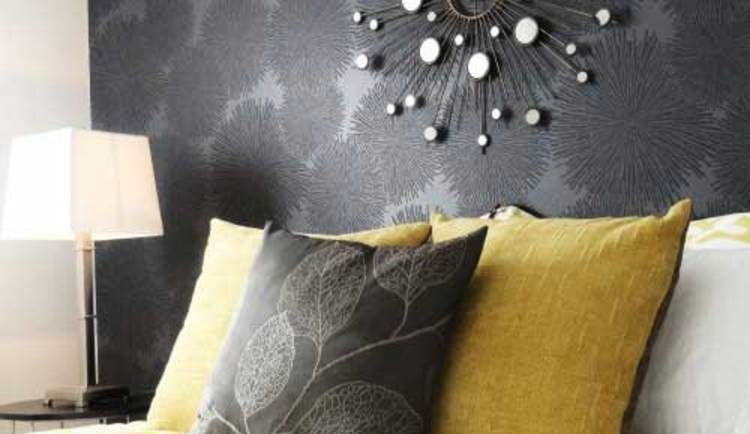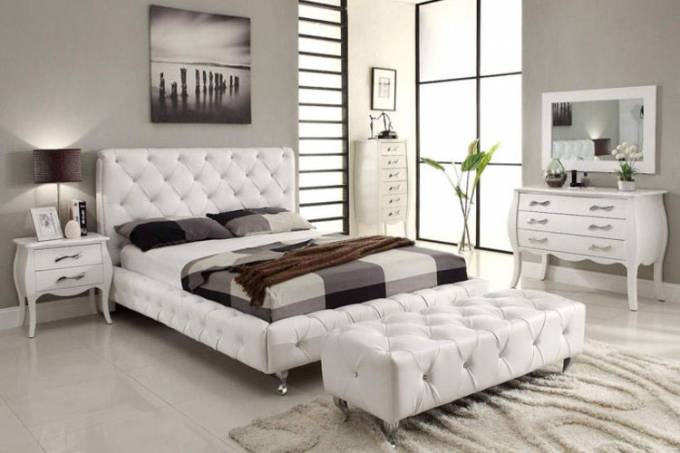
The Sunday Mail

MIXING patterns in a space is a great way to add interest, colour and depth while giving it a custom look. There are a few guidelines to follow if you want to avoid a jarring and uncoordinated look. As you read below, keep in mind that the various patterns and colours do not need to “match” each other, they just need to “go” together.
Work with an odd number of patterns
Odd numbers tend to look best, so if you are going to play with patterns, start with three different patterns in three different scales. Once you have mastered the key to mixing patterns, try five!
Use varying scales of pattern
Incorporate varying scales to the space so that the prints do not compete with one another. Sticking with the rule of three, pick one large, one medium and one small pattern to work with. For example, try one large floral/organic pattern, plus one medium geometric, plus one small classic pattern.
Large patterns work best on large pieces, small patterns on small pieces
When choosing the location of your patterns, keep in mind the space in which you are working. A large pattern works best on a large item, such as a wall, window treatment or area rug because the space is large enough to accommodate the pattern in its entirety. A medium pattern is better suited to furniture and a small pattern to accent pieces. (Note: Sometimes, small patterns can look busy when used is large amounts.)
Look for a large pattern that incorporates all of your colours
One approach to begin building your mix of patterns if your space has several colours in it, is to think of the large pattern as your anchor. It should be the biggest, boldest and incorporate all of your colours in your colour scheme. From there, pick a different, medium-sized pattern (about half the size of your large pattern) that utilises some of the colours. Lastly, the small pattern can use just two or three of your colours. One easy way to do this is to look for a fabric that has coordinating patterns available.
You can use pattern even if you have a monochromatic room
Alternatively, if you have a single colour, play with different shades of the colour. So long as you still vary the scale and type of pattern, you can create a very cohesive look of mixed patterns this way.
Consider adding a solid to the mix
Do not be afraid to throw in a solid to soften and ground the look!
Group together patterns that have similar styles
If you have a defined style in your home, also give some thought as to the types of patterns that you mix together. Traditional patterns tend to mix easier with other traditional patterns, versus mixing them with bold, contemporary prints. So for example, traditional prints such as florals, plaids, and damask do not always blend easily with chevron or ikat. This does not mean you cannot mix patterns across styles – in fact, sometimes, an unexpected print gives a pop to the room – but if you are just starting to experiment with pattern, it is often easier to stick within a style.
Be sure to balance your patterns in the space
Balance is key! This includes not only balancing the scale of your patterns, but balancing them equally throughout the space to avoid a lop-sided feeling.
Stick with a consistent hue
Within your colour palette, use colours with consistent intensities. If your palette is pastel, do not mix in a bold jewel tone and vice-versa.
Do not be afraid to break the rules!
Beauty is in the eye of the beholder, so break the rules if it looks good to you! Sometimes, complementary patterns and motifs come together in an organic and unplanned fashion, so if it looks good to you, go for it! –tidbitsandtwine.com



